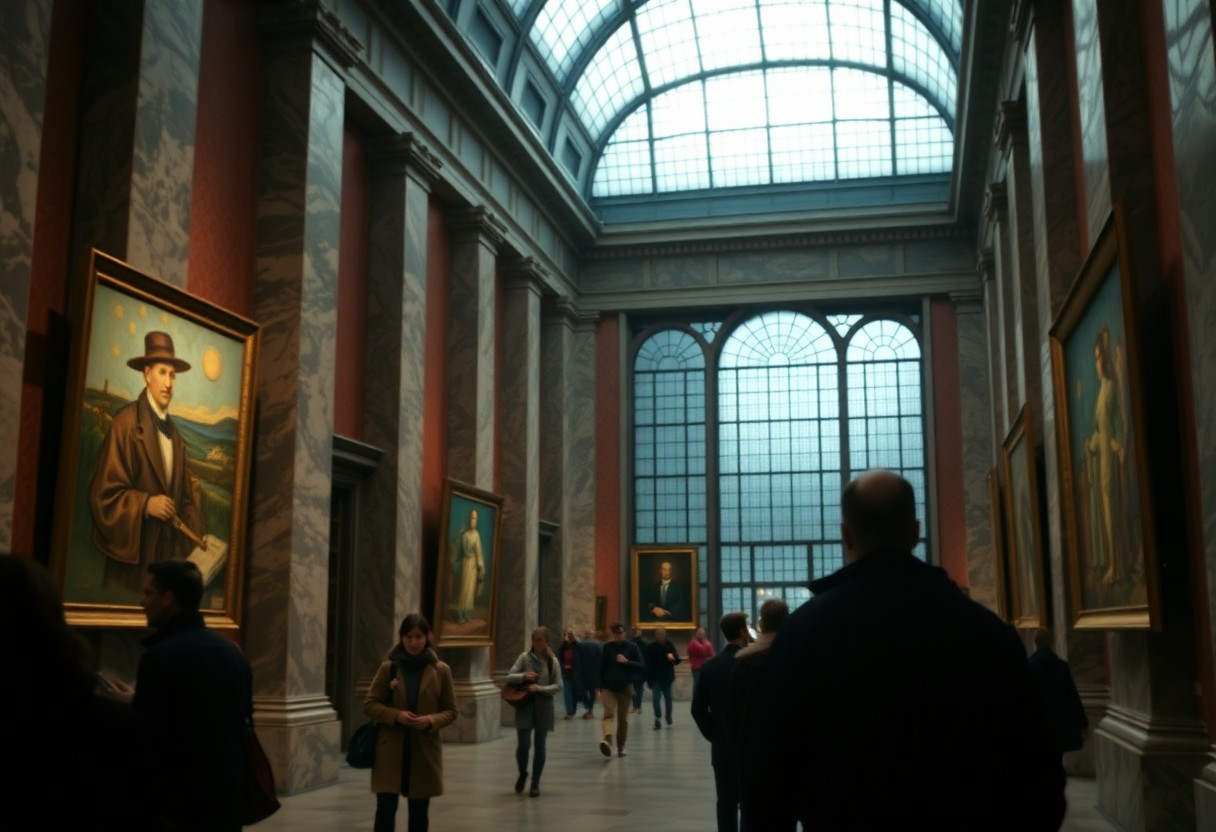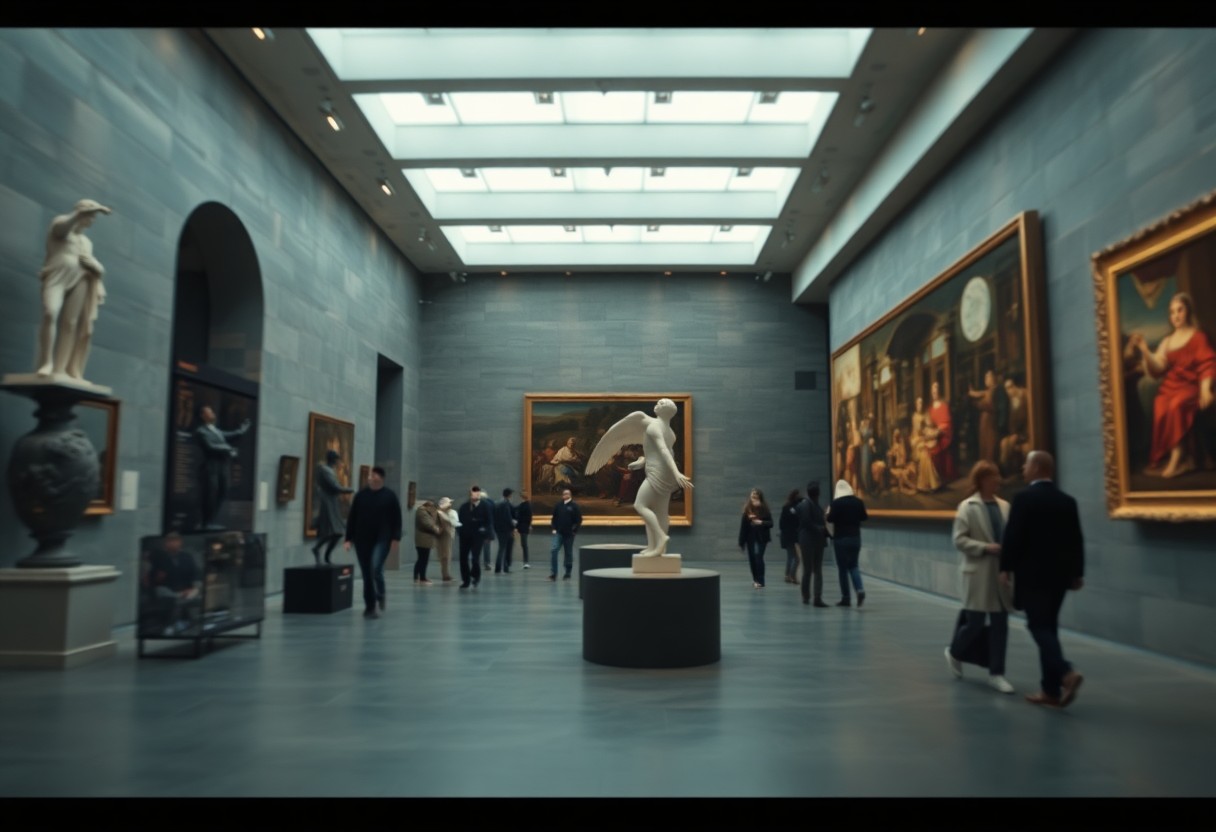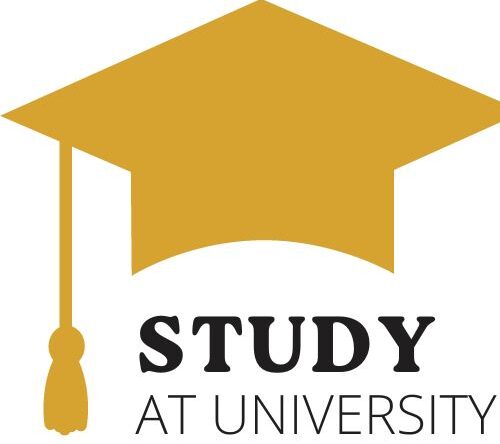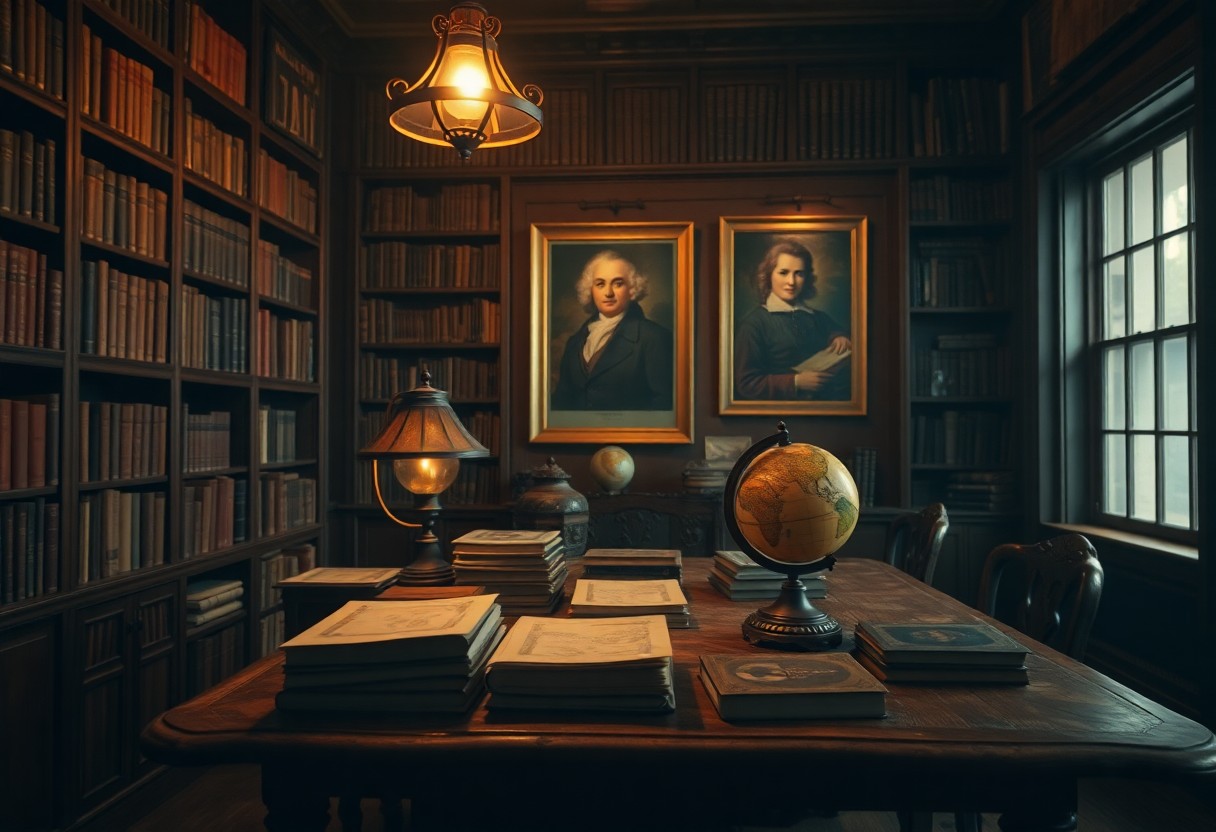There’s a fascinating realm waiting for you in the study of European art history that combines your passion for art with in-depth academic exploration. Pursuing a Master of European Art History not only enhances your understanding of art movements, styles, and significant artists, but it also equips you with critical analytical skills vital for various career paths in museums, galleries, and academia. This program offers a comprehensive approach to examining the cultural, historical, and social contexts of art, enabling you to engage meaningfully with Europe’s rich artistic heritage.
Key Takeaways:
- The Master of European Art History program offers a comprehensive exploration of significant art movements, styles, and influential artists from the Renaissance to contemporary times.
- Students engage in critical analysis and interpretation of artworks, enhancing their understanding of cultural, historical, and social contexts that shape European art.
- The curriculum combines theoretical approaches with practical experiences, including museum visits, internship opportunities, and exhibitions, preparing graduates for careers in various art-related fields.

The Historical Tapestry of European Art
The evolution of European art reflects a vibrant interplay of cultural influences, socio-political situations, and technological advancements. Each period, from the Medieval era through the Renaissance, Baroque, and Modern times, reveals distinct characteristics and techniques molded by the prevailing zeitgeist. You can uncover how artists like Caravaggio infused emotion into religious narratives or how Impressionists turned their gaze from realistic depictions to the capture of fleeting moments in light and color—each shift in style offering a window into the thoughts and values of their time.
Influential Movements and Their Legacy
Every significant art movement—be it the precision of the Renaissance or the emotional intensity of Romanticism—has left an indelible mark on contemporary artistry. These movements do more than just reflect cultural shifts; they have inspired generations of artists and continue to influence trends today. Exploring how Impressionism challenged established artistic standards by emphasizing personal perception and spontaneity allows you to appreciate not just the masterpiece, but also its profound impact on art as a whole.
Interplay Between Politics and Artistic Expression
The relationship between politics and art often illustrates the tensions of power, ideology, and social change. Artists have historically responded to political climates through their work, using it to voice dissent, capture collective sentiments, or glorify regimes. The works of Francisco Goya, for instance, starkly reflect the horrors of war and political oppression in Spain, revealing how your contextual understanding of art enhances your appreciation of its deeper meanings.
Throughout history, art has served as a powerful vehicle for political expression, often paralleling significant historical events. During the French Revolution, for example, artists like Eugène Delacroix captured the fervor of freedom and rebellion in pieces like *Liberty Leading the People*, which symbolically united citizens’ struggles. Similarly, the propaganda art of the Soviet Union was crafted to glorify the state, manipulating aesthetics to serve ideological purposes. By examining these pieces, you can see how political contexts shape artistic direction and vice versa, revealing the deeper narratives woven into each brushstroke and sculpted form.
The Curriculum: What to Expect from an MA Program
The curriculum of an MA in European Art History presents a rich tapestry of courses designed to deepen your understanding of artistic movements, key figures, and cultural contexts. You can expect to engage with a blend of lectures, seminars, and hands-on experiences, all aimed at refining your analytical skills and expanding your historical knowledge. This interdisciplinary approach not only fosters critical thinking but also allows you to appreciate the interplay of art with politics, society, and philosophy across various periods in European history.
Core Courses and Elective Offerings
Your journey through the MA program begins with core courses that lay the foundation of European art movements, influential artists, and significant historical events. These are complemented by a selection of elective offerings, allowing you to tailor your education to your individual interests, such as contemporary practices or regional focuses within Europe. This flexibility ensures that your academic path aligns with your personal and professional goals.
Methodologies in Art Historical Research
Understanding the methodologies in art historical research is important for gaining nuanced insights into artworks and their contexts. Through this component of your studies, you will explore a variety of approaches, including formal analysis, iconography, and cultural theory, enabling you to dissect and interpret artworks on multiple levels.
In Methodologies in Art Historical Research, you will examine into various theoretical frameworks that shape art historical discourse. Engage with contemporary methods, such as feminist and postcolonial critiques, while reinforcing traditional practices like archival research and stylistic analysis. By integrating these methodologies into your critical toolkit, you elevate your ability to assess not just what art is, but why it matters within the socio-historical landscape of Europe. Expect to conduct in-depth analyses of case studies, facilitating a deeper comprehension of how art responds to and reflects its cultural environment.

Bridging the Past and Present: Contemporary Relevance
Exploring European art history illuminates the threads that connect past movements to contemporary artistic practices. Today’s artists often engage with historical themes, techniques, and narratives, creating works that speak to contemporary societal issues while grounding their message in the rich heritage of art. This dialogue between eras enriches not just aesthetic appreciation, but fosters deeper understanding of cultural evolution, making your insights into historical contexts increasingly relevant in today’s art world.
How Historical Context Enriches Modern Artistic Practices
Understanding historical context transforms your perspective on modern art. By studying movements such as the Renaissance or the Baroque, you gain insights into how artists responded to the societal changes of their time, influencing current creators. This knowledge allows you to appreciate how contemporary artists draw parallels or react against past practices, breathing new life into historical narratives or reinterpreting them in innovative ways.
The Role of Technology in Art History Education
Technology has revolutionized art history education, providing unprecedented access and engagement with artworks. Online resources, virtual museum tours, and digital archives allow you to explore exhibits and texts that were once geographically or financially inaccessible. This shift not only enhances your learning experience but cultivates a global perspective, enabling you to analyze artworks within broader contexts that extend beyond traditional classroom settings.
Utilizing technology in art history education expands your engagement with both historic and contemporary art forms. For instance, platforms like Google Arts & Culture allow you to virtually visit renowned institutions, examining high-resolution images that detail the minutiae of brushwork and material. Furthermore, interactive digital tools facilitate collaborative projects that encourage critical analysis and stimulate conversations among peers worldwide. As you harness these technologies, your understanding and appreciation of art history become more dynamic, reflecting the fluidity of artistic practices in the modern era.
Career Paths: Beyond the Classroom
Graduating with a Master’s in European Art History opens a multitude of avenues in your professional journey. You can find roles in museums, galleries, and cultural institutions, where your expertise can shape exhibitions and enhance public understanding of art. Alternatively, consider the dynamic field of arts education, where you can inspire the next generation of art historians and critics. Additionally, your analytical and research skills are highly sought after in curatorial positions and art conservation roles, allowing you to engage deeply with historical artifacts while promoting artistic heritage.
Academic Opportunities and Research Roles
A graduate degree in European Art History prepares you for various academic positions, including professorships at universities and research positions in scholarly institutions. You can engage in art-focused research projects, publish articles in academic journals, or contribute to historical exhibitions through rigorous analysis. Opportunities to collaborate with other historians or cultural institutions underscore the importance of your role in preserving and interpreting art history for future generations.
The Versatility of Art History Skills in Other Industries
Your art history training equips you with transferrable skills applicable in diverse fields like marketing, publishing, and event planning, where visual literacy is imperative. Employers value your ability to critically analyze visual content, create compelling narratives, and engage audiences effectively. This versatility not only expands your career options but also enhances your adaptability in various work environments, ensuring that your background in art history becomes a strong asset no matter where you choose to go.
The skills acquired during your MA program transcend the confines of the art world, finding relevance in industries such as advertising, where understanding aesthetics and consumer behavior plays a pivotal role. In publishing, your ability to analyze and summarize complex concepts can facilitate the creation of engaging publications related to cultural topics. Even in technology, where visual interfaces grow ever more important, your insight into art can drive user experience design. This adaptability reflects the comprehensive training you receive, making talent from art history programs invaluable across sectors.
Building a Global Network of Art Historians
Engaging in the community of art historians is a transformative aspect of your Master of European Art History experience. By fostering connections with peers, mentors, and established professionals in the field, you create a robust support system. This network not only enhances your academic pursuits but also opens doors for collaborative projects and career opportunities across the globe.
Conferences, Workshops, and Symposiums
Participating in conferences, workshops, and symposiums allows you to immerse yourself in contemporary discussions and network with fellow scholars. These events provide imperative platforms to present your research, share insights, and gain feedback from others in the field. Additionally, they serve as a venue to form lasting collaborations across borders, enriching your understanding of art history in various cultural contexts.
The Importance of Collaboration and Peer Support
Your growth as an art historian flourishes through collaboration and peer support. Engaging with fellow students in discussions, joint research projects, or simply exchanging ideas can significantly enhance your critical thinking and analytical abilities. Such collaboration not only sharpens your expertise but also introduces you to diverse perspectives, allowing for a more nuanced approach to art history. You will find that these relationships can lead to future opportunities, such as co-authored papers or joint exhibitions, ultimately amplifying your impact within the field.
Summing up
Considering all points, pursuing a Master of European Art History offers you an in-depth exploration of artistic movements, cultural contexts, and the influential figures that shaped the landscape of European art. This advanced degree equips you with critical analytical skills, enhances your understanding of historical contexts, and prepares you for various career paths in art institutions, curatorial practices, or academia. By immersing yourself in this rich curriculum, you will deepen your appreciation of art’s role in society and strengthen your capacity to contribute meaningfully to the art world.

